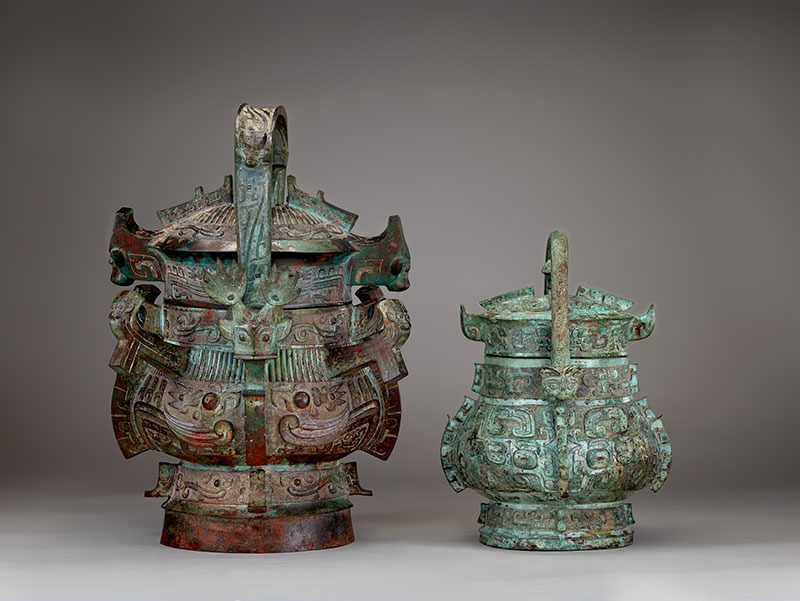Director’s Letter
In a world of intensifying global connections,kaleidoscopic perspectives, and virtual realities, where does one go to make sense of things? Museums are places where one can find ways—through seeing, comparing, and appreciating—to understand and appreciate varieties of human experience. Like maps, museums tell us both where to look and how to look.
And just as maps are redrawn or are even re-oriented by new thinking and new technologies, so, too, museums. All art museums face the challenges posed by emergent forms of culture, changing expectations on the part of the public, and increasing financial pressures. But for a museum devoted to the arts and cultures of Asia, particularly in what is fast becoming the Asian century, there are special opportunities.
Our Vision

As we enter our second century, we shall build upon the strengths of our two complementary galleries, the Freer Gallery of Art and the Arthur M. Sackler Gallery, to serve as a national museum that preserves, exhibits, and interprets Asian art in ways that deepen our understanding of Asia, America, and the world. We shall celebrate great art and pose essential questions about culture and society, employing innovative approaches and technology to expand and engage both local and global audiences.
Our Values
The public trust given to us—to safeguard and exhibit the nation’s collection of Asian art and American art of the Aesthetic movement
Excellence—in our collections and our work
Respect—towards each other and the cultures whose art we exhibit—and diversity of individual experience, perspective, and viewpoint
Creativity and engagement—by visitors, scholars, and colleagues
Specialized research and broad understanding of the world’s cultures—their distinct and entangled histories and their dynamic present




 Our collections, assembled over more than a century of inspired research and scholarship, are our greatest strength.
Our collections, assembled over more than a century of inspired research and scholarship, are our greatest strength. As the Smithsonian’s museum of Asian art located on the National Mall, free and open to the public 364 days a year, we have long regarded access as integral to our identity.
As the Smithsonian’s museum of Asian art located on the National Mall, free and open to the public 364 days a year, we have long regarded access as integral to our identity. 
